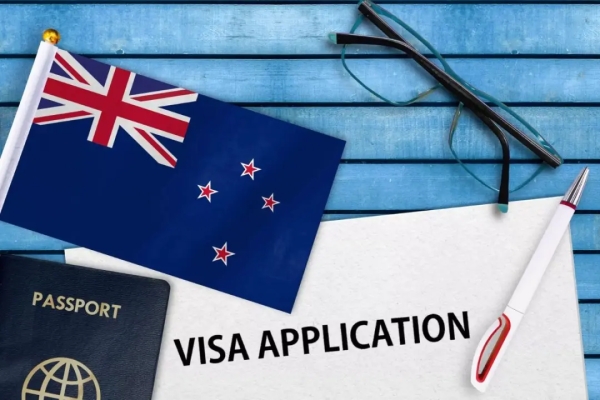New Zealand has implemented new regulations tightening visa rules for Accredited Employer Work Visa (AEWV) holders, specifically targeting individuals in certain job classifications.
The changes, announced on the Immigration New Zealand website, restrict AEWV holders in jobs classified at levels 4 and 5 of the Australian and New Zealand Standard Classification of Occupations (ANZSCO) from sponsoring visa applications for their partners and dependent children, unless they have a pathway to residency.
Already effective from June 26, these amendments are part of broader reforms reverting the AEWV scheme to settings akin to the previous Essential Skills Work Visa framework.
The government clarified that affected partners and dependent children can still apply for visas independently, such as the AEWV or international student visas, provided they meet requisite criteria.
However, the new rules exempt individuals already holding visas as partners or dependents of AEWV holders, as well as those in ANZSCO level 4 and 5 roles with residency pathways like the Green List or sector agreements.
Workers also earning at least 1.5 times the average salary threshold for the Skilled Migrant Category remain unaffected.
This move follows previous adjustments made to work visa policies earlier this year, including a language proficiency requirement for low-skilled job applicants under ANZSCO levels 4 and 5.
These changes aim to ensure that foreign workers understand their rights and can effectively address employment issues.
Despite these stricter measures, New Zealand continues its efforts to attract and retain highly skilled workers, particularly in sectors experiencing shortages such as secondary education.
The government’s recent immigration statistics highlight significant visitor entries and resident numbers, underscoring ongoing efforts to manage migration sustainably.
Immigration Minister Erica Stanford emphasized the reforms’ goals of enhancing economic adaptability, attracting top talent, supporting international education, and improving risk management within the immigration framework.

